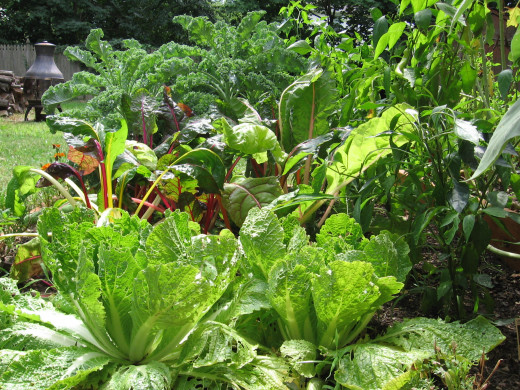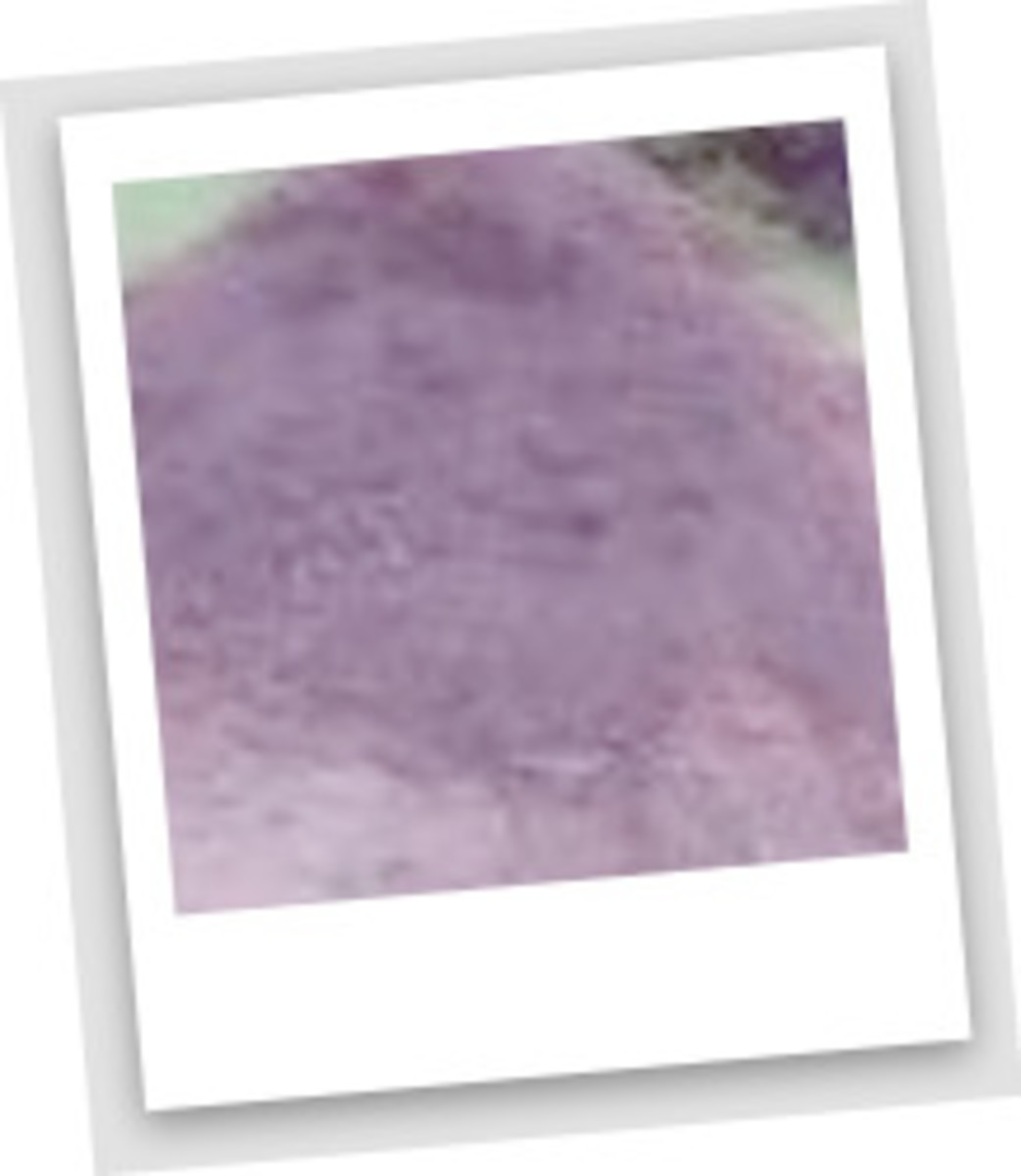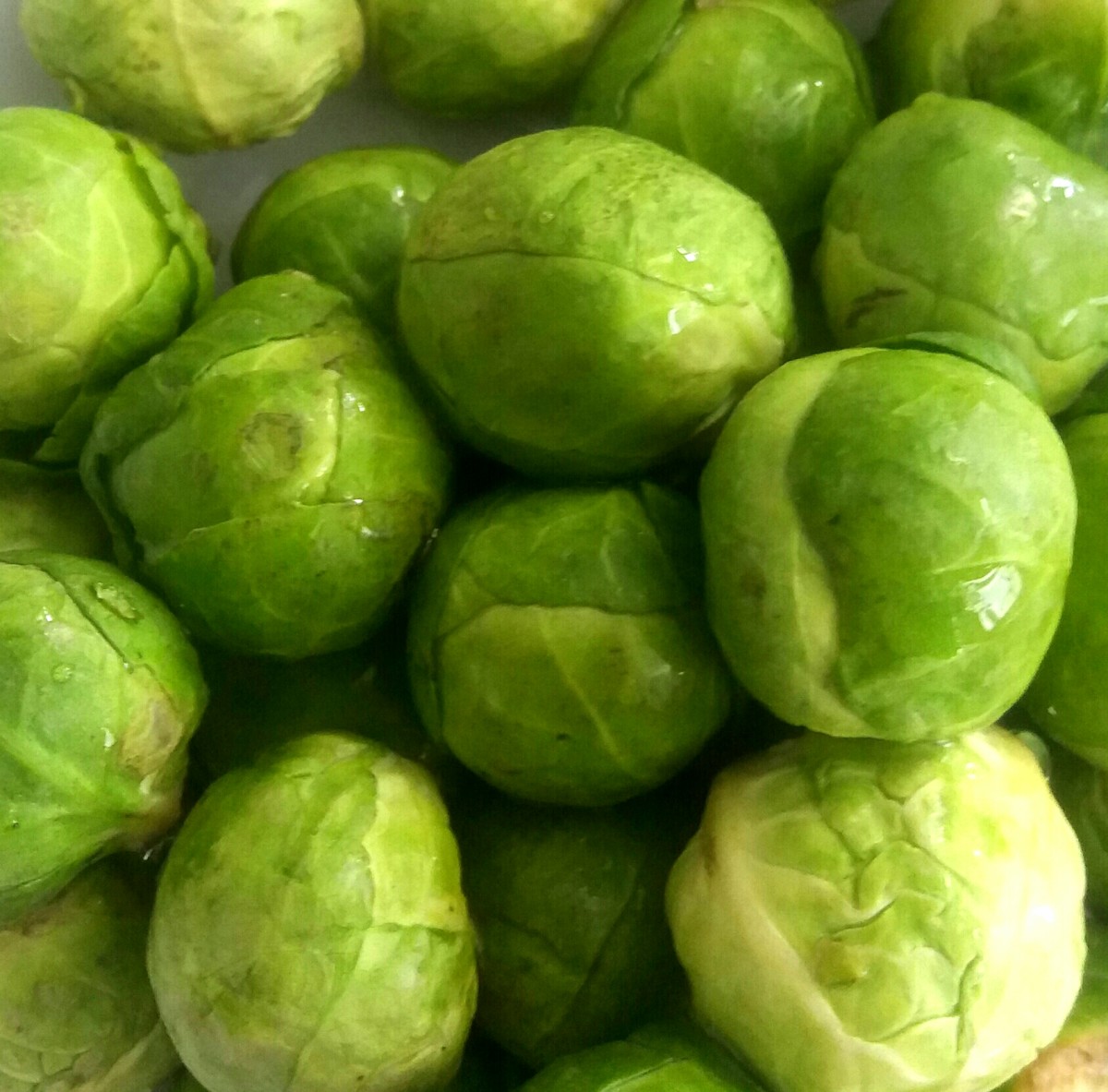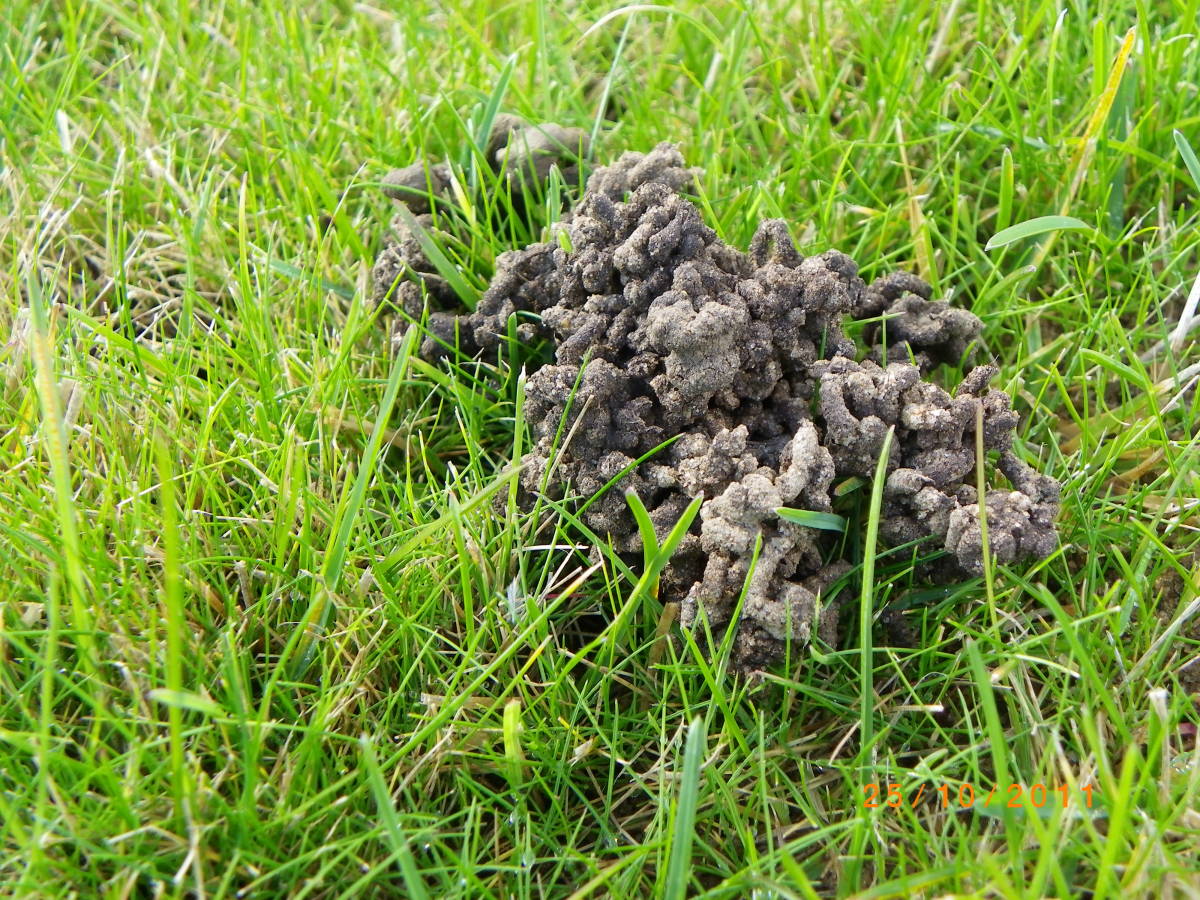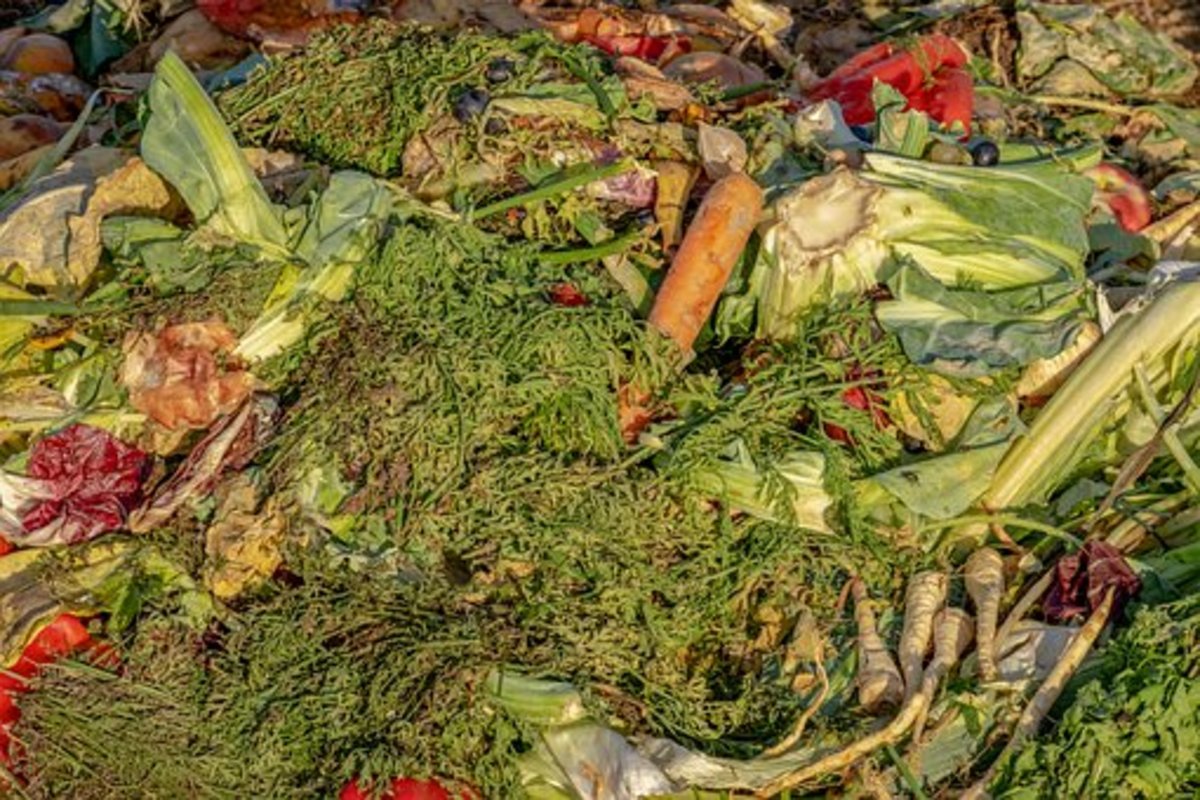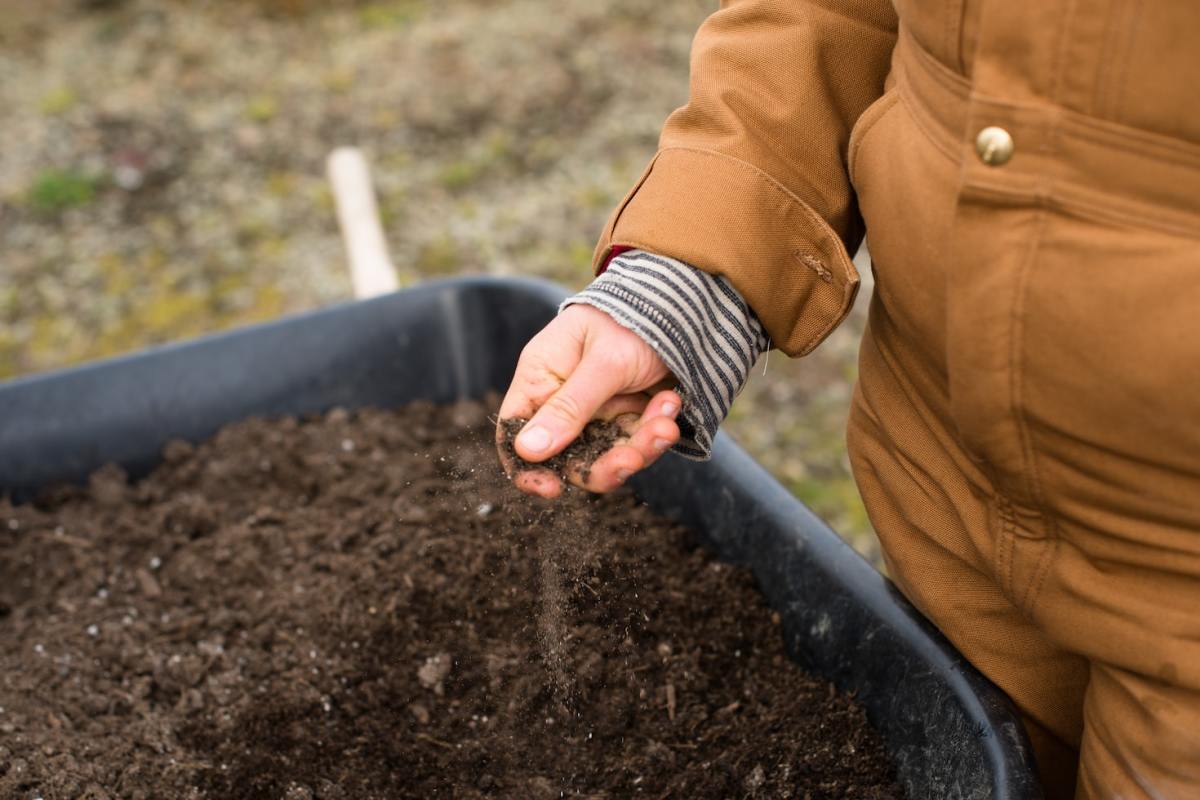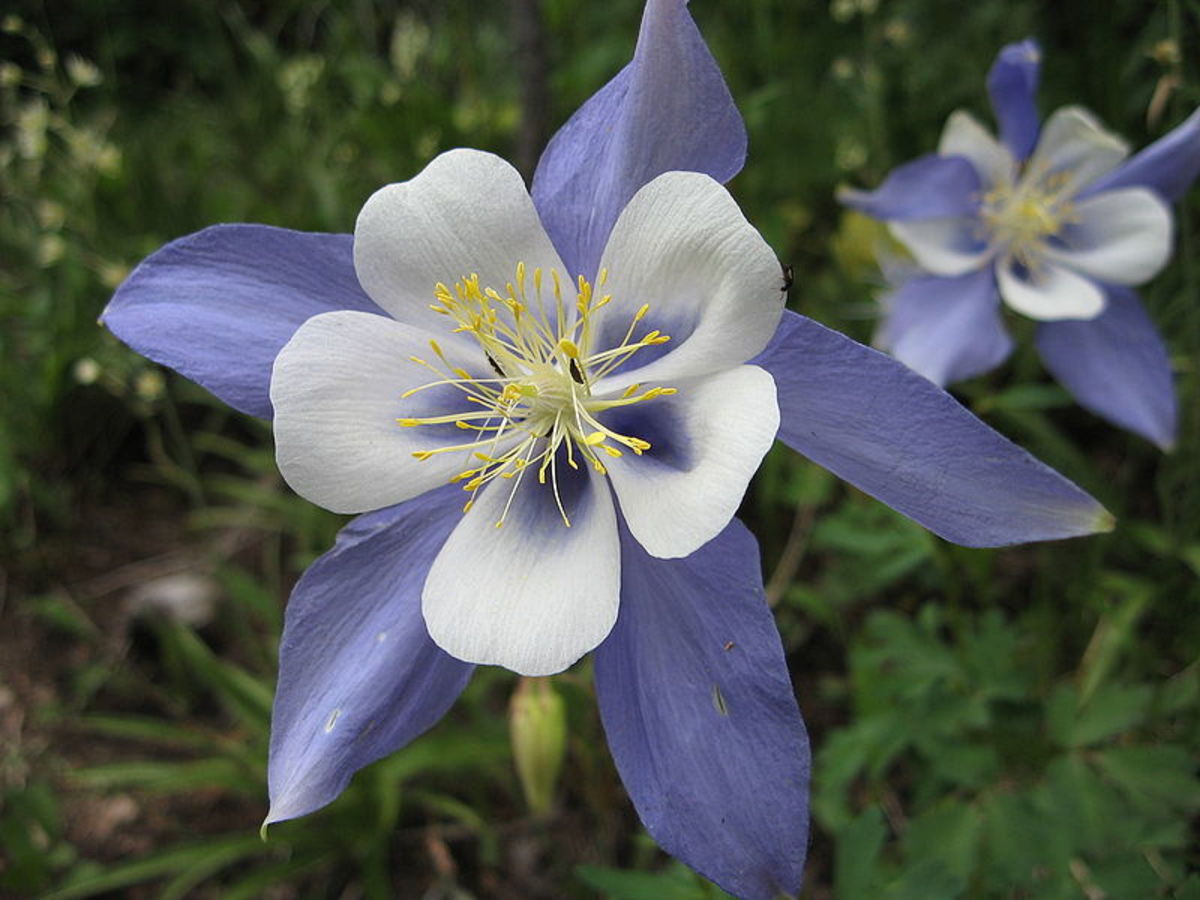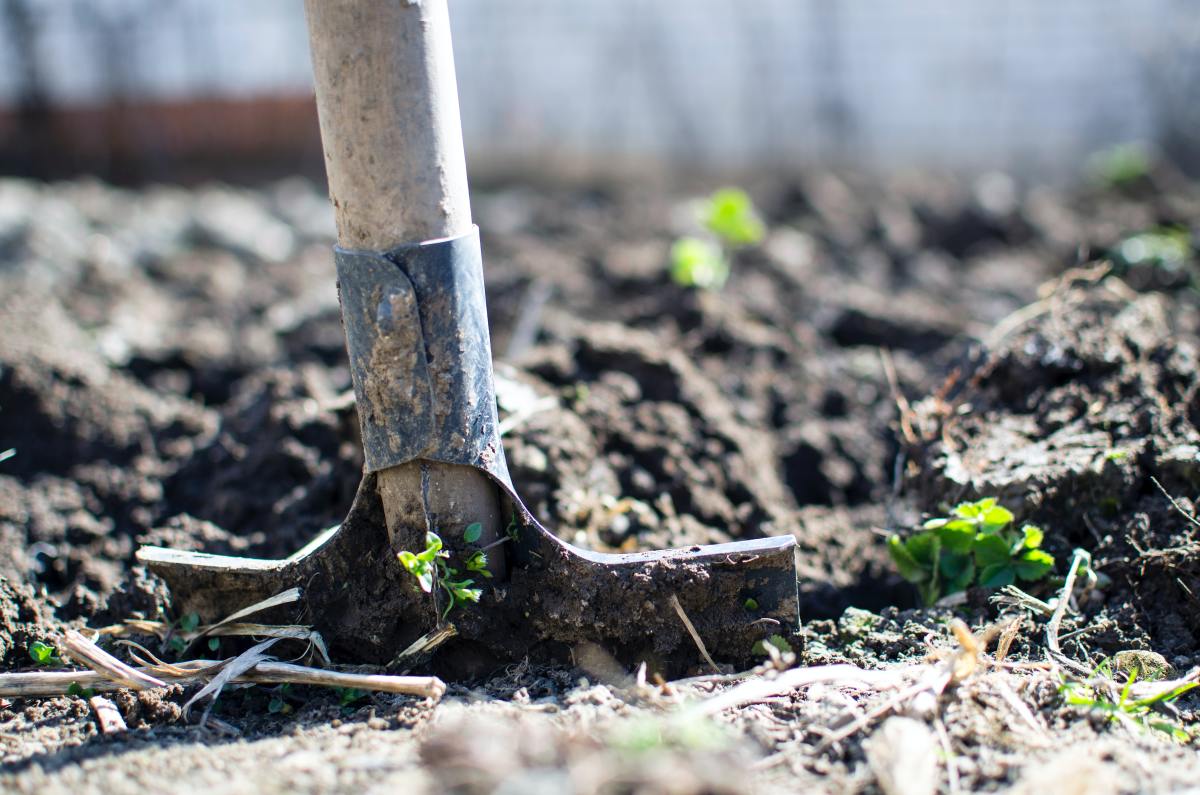How to Prep a Garden Bed for Spring Planting
Spring is in the air, gardeners! Now is the time to ready your soil for seeding or transplanting vegetables. It feels great when you are able to grow some of your own food. Gardening may be an exercise in optimism, but with a little preparation, you can ensure a successful vegetable harvest this summer and into the fall.
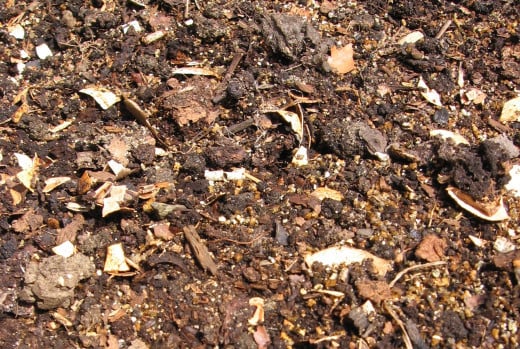
Whether you are planting your garden in raised beds or rows, it is important to know what type of soil is present in your area. There are various testing supplies available online which will tell you how acidic or alkaline you soil is. You can find information about local soil composition online, through various community resources, or if all else fails, you can send in a sample of your soil to an agricultural center for testing. Once you know your soil composition, you will know what type of soil enrichment to add and what types of vegetables will grow best in your area.
The second step is to prep the area where you intend to grow your vegetables. If you are planting an area for the first time, you may consider adding additional topsoil. Compost is by far the most important ingredient for the health or you plants, and can be added to any garden regardless of soil composition. Mature compost is formed when organic matter, such as kitchen and yard waste, breaks down into a nutrient rich material which can be added to soil and nourishes your vegetables and flowers. You can make your own compost pile, or buy a composter to produce you own compost. If you do not have a compost heap at home, you can purchase mature compost from a local garden center, or you may be able to get some from a community yard waste composting center for free.
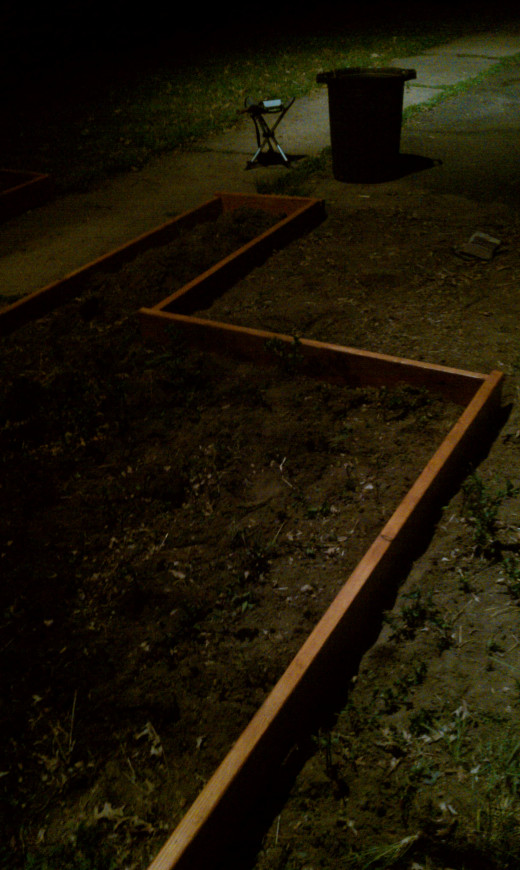
Vermiculite is another popular soil additive. Vermiculite is produced by heating a mineral that resembles mica in a commercial furnace. Adding vermiculite powder improves water retention in both sandy and clay soils. This enables your plants to soak up more water when it is limited in the heat of the summer.
Once you have added compost and any other enrichment, you will want to till or turn your soil over with a shovel. Make sure to thoroughly work the compost through the soil so it is evenly distributed. After you have turned the soil over, wait a few days before you begin planting.
There are also a variety of commercial fertilizers on the market. Some commercial fertilizers are very concentrated, so the right the time to add fertilizers to the soil is a few days to a few weeks before you begin planting. Liquid organic fertilizers, such as Neptune's Harvest, can be diluted with water and applied directly to the soil and over plants throughout the season. You can also use liquid organic plant food to side dress plants in colder conditions to increase available nitrogen.
Now you are ready to begin seeding or transplanting your vegetable plants! Taking the right steps now will help ensure a bountiful summer garden!
